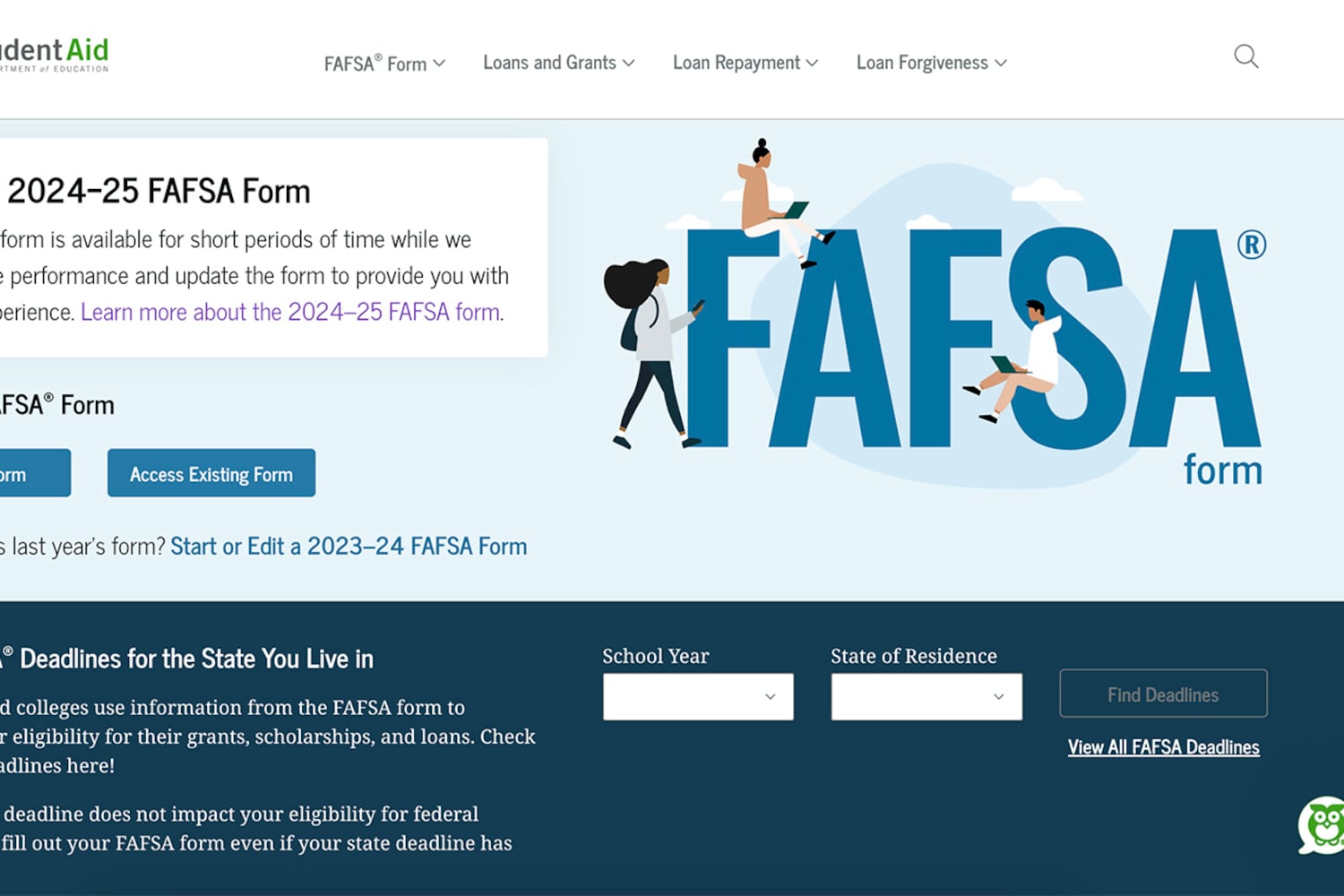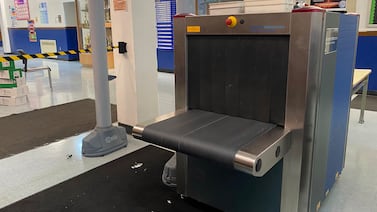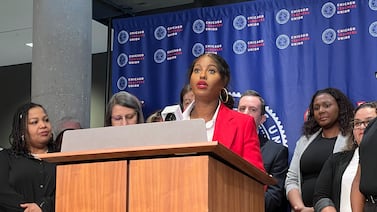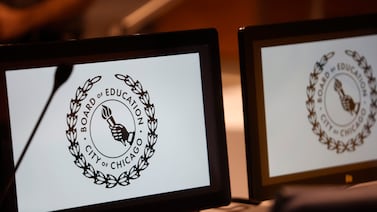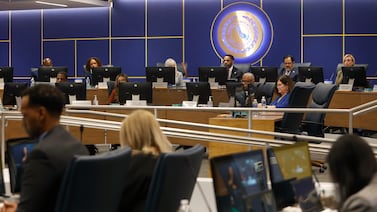Sign up for our free monthly newsletter Beyond High School to get the latest news about college and career paths for Colorado’s high school grads.
It doesn’t matter where students plan to go to college in the fall —Adams State University financial aid officers say they will help.
That’s the message the four-year Alamosa university wants to spread after a difficult college-going season marred by technical glitches with the new Free Application for Federal Student Aid.
Because they know students in more than just the San Luis Valley have struggled, administrators at the school had the idea to host weekly in-person Friday office hours to advise on the FAFSA, as well as online webinars on Friday and Saturday to help students and families anywhere troubleshoot issues with the form. The services will extend through the summer.
Families can contact the Adams State Financial Aid office by calling 719-587-7306 or emailing onestop@adams.edu. The university’s office hours are from 9 a.m. to 3 p.m. on Fridays.
Webinars take place 10 a.m. to 12 p.m. MT Fridays and Saturdays and can be accessed by visiting adams.edu and clicking on the FAFSA Fridays logo.
“We want to put them at ease about the process. We want to help everybody,” said Zelda Vinson, interim financial aid director. “We want to ensure that a student, if you want to go to school — no matter if it’s a university, a college, or a trade school — you should be afforded that opportunity.”
The FAFSA opens the doors for financial aid and scholarships to help students pay for college. But the rollout of the new, so-called Better FAFSA form has caused problems this year.
While the form typically opens in October, its release was delayed until the end of December. Families and students then faced technical glitches that kept them from completing the form. While many of the glitches have been fixed, the problems have meant that many students and families are filling out the FAFSA later than usual. Schools across the country extended their enrollment deadlines, and regional universities such as Adams State continue to enroll students throughout the summer
Jeff Gallegos, an administrative assistant at Adams State who helps families with financial aid, said that while the FAFSA form asks fewer questions, it still poses challenges. It is especially difficult for parents and students whose first language isn’t English. Gallegos also sees families worry about including tax information, which the form requires for students to be considered for federal grant money. Or they don’t know how to answer certain questions correctly.
“When you look at these questions, they have a lot of jargon in them,” he said.
Adams State leaders’ idea to open up support services to anyone who wants to go to college came from knowing that fewer students might show up in the fall due to FAFSA issues. Vinson said students from the Alamosa area already face big challenges getting to college because many are from low-income backgrounds or are the first to go to college in their family.
The school also has a history of doing this type of work for its community, Vinson said.
“A lot of the families locally, they drive to Alamosa to stop by and see us to do their FAFSA, even though their kids were maybe going to go to a school in Denver or they were going to go to school out of state,” she said.
Vinson said staff were on board with opening up help to all families and students because it’s the right thing to do.
The services also show families that Adams State is a welcoming university, and Vinson hopes they spread the word.
But Vinson and Gallegos said it’s not all about recruiting families.
“If we can help these students, regardless of what school they’re going through and as long as they’re getting educated, I think that is the primary focus,” Gallegos said. “I don’t particularly care where the students are going to school. We just want to make sure that they have the resources that they need when they get to their school without getting kicked around.”
Jason Gonzales is a reporter covering higher education and the Colorado legislature. Chalkbeat Colorado partners with Open Campus on higher education coverage. Contact Jason at jgonzales@chalkbeat.org.

